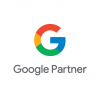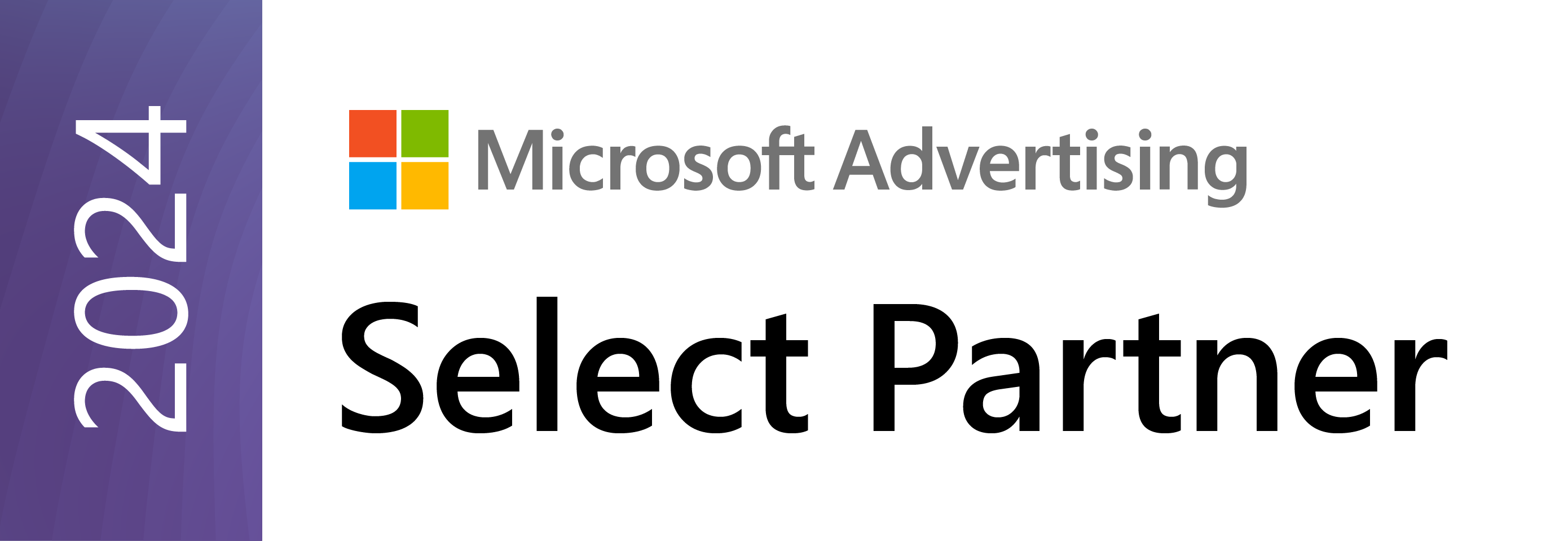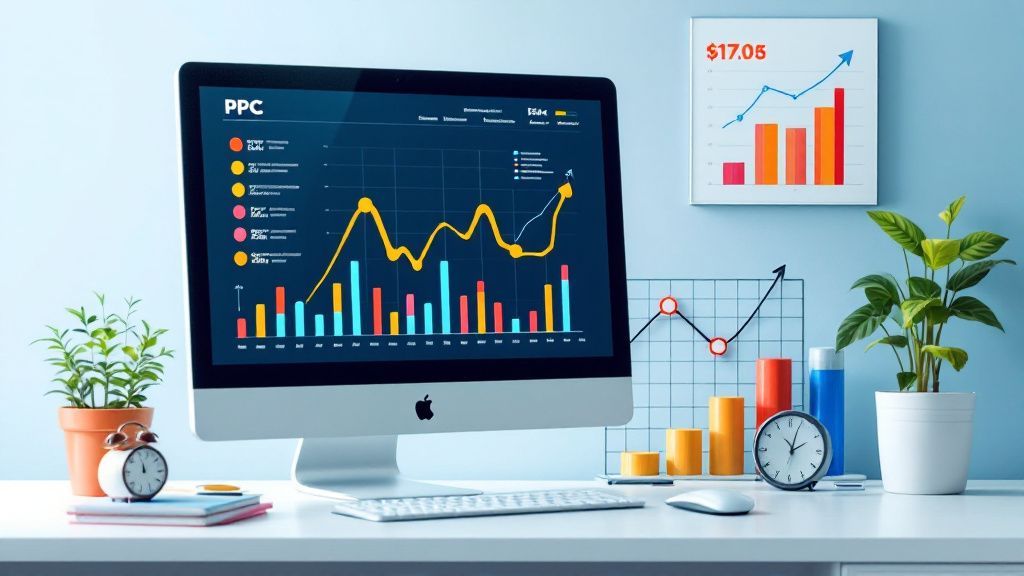
Mastering PPC Advertising to Boost Your Business
Mastering PPC advertising can significantly enhance your business’s online visibility and lead generation efforts. By using expert PPC services, you tap into targeted clientele through strategic ad placements and keyword optimization. With PPC management, you control ad spending, ensuring a cost-effective approach while maximizing your return on investment. Pay per click advertising resonates with audiences actively seeking your products or services, resulting in higher chances of conversions. By tailoring campaigns to your business goals, you fine-tune marketing efforts and track performance with precision. This approach not only attracts potential customers but also empowers you to stay ahead in the competitive digital marketplace.
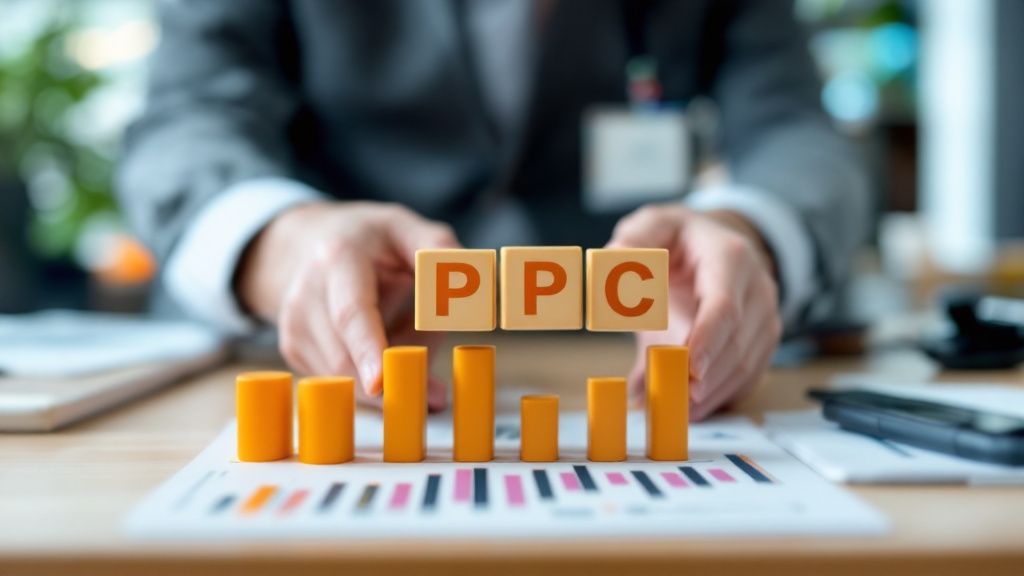
Understanding the Basics of PPC Advertising
PPC advertising revolves around placing ads on search engines and other platforms where you only pay when someone clicks on your ad. This method is cost-effective and empowers you to target specific audiences based on keywords, demographics, and interests. It requires skillful PPC management to ensure that you’re reaching potential customers without overspending. Crafting compelling ads with the right keywords enhances your visibility and draws traffic to your business.
One of the key components of PPC services is keyword research, which involves identifying the terms your potential customers are searching for. A successful campaign aligns your business offerings with these search queries. Through meticulous analysis and strategic bidding, you can effectively guide customers to your products. Consistently monitoring and adjusting your campaign is crucial for ongoing success.
Optimization in pay per click advertising involves continual testing of ads, landing pages, and keywords. By tracking performance metrics like click-through rates and conversion rates, you fine-tune your approach to achieve better results. PPC services provide tools to help you analyze data and make informed decisions that refine your advertising strategy.
In the coming years, PPC advertising is anticipated to seamlessly integrate AI and machine learning, redefining how businesses engage with consumers. These advancements will likely enhance targeting and personalization, enabling more efficient campaign management. The ability to adjust strategies in real-time will empower businesses to adapt quickly to market changes, strengthening their competitive edge.
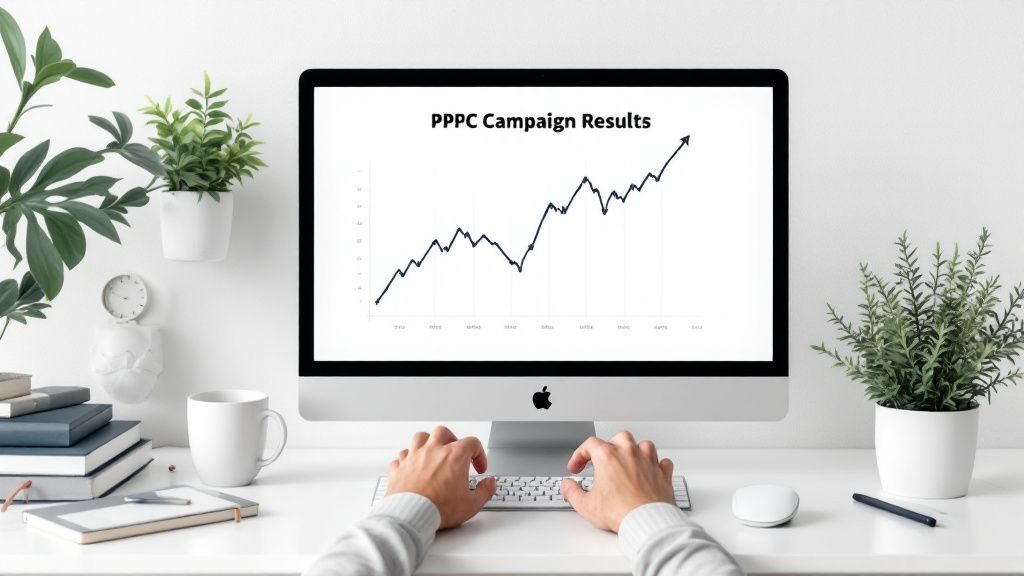
Strategies for Effective PPC Campaign Management
Effective PPC campaign management begins with setting clear and measurable goals. Define what you want to achieve, whether it’s increasing brand awareness, generating leads, or boosting sales. This clarity guides every aspect of your pay per click advertising strategy, ensuring each component aligns with your objectives. By understanding your target audience’s needs and behaviors, you create more relevant and engaging ads.
Keyword selection is crucial in PPC services, as it determines who sees your ads. Research and identify high-performing keywords that resonate with your audience. Use a mix of broad, exact, and phrase match keywords for better reach and specificity. Regularly evaluating and updating your keyword list is vital to maintaining your campaign’s effectiveness and adapting to changing trends.
Ad copy plays a significant role in attracting clicks, so crafting compelling and concise messages is essential. A strong call-to-action (CTA) encourages users to engage with your content. Testing different ad variations allows you to identify what resonates best with your audience. Utilizing PPC management tools can streamline this process, providing valuable insights to enhance your campaign.
In the next few years, PPC management is poised to integrate more advanced automation and predictive analytics. These innovations will allow you to optimize campaigns with increasing precision, freeing up time for focusing on strategic decision-making. As these tools evolve, they are expected to drive better performance, enabling you to stay agile in an ever-competitive market.

Targeting the Right Audience with PPC
Targeting the right audience with PPC is essential for maximizing your campaign’s effectiveness. Understanding your ideal customer profiles and using segmentation tools allows you to create campaigns that resonate with specific demographics. By leveraging data on behaviors, interests, and online habits, you can tailor your pay per click advertising to attract users most likely to convert, ensuring a higher return on investment.
Geo-targeting is a powerful tool within PPC services, allowing you to focus your ads on users within specific locations. Whether targeting local or international markets, this strategy ensures your ads only appear to relevant users. One of the most frequently asked questions about geo-targeting is how to balance reach with specificity. The answer lies in analyzing location-based performance data to refine your approach continually.
Remarketing is another effective strategy to reach audiences who have previously interacted with your brand. By re-engaging these users, you reinforce brand awareness and encourage conversions. Utilizing cookies and user data, you can deliver targeted ads that remind customers of their interest in your products or services. This approach is a valuable component of PPC management and helps boost conversion rates.
Harnessing demographic targeting enables you to display ads based on users’ age, gender, and even devices. This fine-tuning ensures your message reaches the most relevant audience segments. Incorporating these targeting techniques into your PPC strategy helps you achieve more efficient campaigns, allowing you to focus resources on audiences that matter most to your business.

Optimizing Landing Pages for Better Performance
Optimizing landing pages is crucial for enhancing the success of your PPC campaigns. A well-optimized landing page directly influences conversion rates, making it essential to align your page content with the ads. Consistency between your ad’s message and the landing page helps to build trust and meet user expectations. Focus on clear and compelling headlines that reiterate your ad’s promise to keep visitors engaged.
Design and layout play significant roles in landing page performance. Ensure the page is visually appealing, with a clean and intuitive design. Use strategically placed call-to-action (CTA) buttons to guide users towards completing your desired action, whether it’s signing up for a newsletter or making a purchase. For example, within the e-commerce sector, a simplified checkout process on the landing page can significantly reduce cart abandonment rates.
Speed is an important factor in user experience. A fast-loading landing page improves user satisfaction and reduces bounce rates. Leverage tools like Google PageSpeed Insights to identify areas for improvement. Slow pages can frustrate visitors, causing them to leave before engaging with your content. Thus, streamlining and optimizing page elements for speed can lead to better results.
Persuasive content is key to converting visitors into customers. Craft your narrative to highlight the benefits of your product or service, using concise, straightforward language. Incorporate testimonials and trust indicators to reassure visitors and build credibility. This content, combined with relevant keywords, reinforces your overall PPC services strategy by maintaining visitor interest and encouraging conversions.
Testing is a vital part of landing page optimization. Conduct A/B tests to determine which elements, such as headlines, images, or CTA wording, perform best. Regularly reviewing and updating your landing pages based on these insights allows you to continuously improve performance and align with changing user preferences. This ongoing refinement ensures that your pay per click advertising efforts remain impactful.

Analyzing PPC Campaign Performance
Analyzing PPC campaign performance is critical to understanding your success metrics and shaping future strategies. You must regularly review key performance indicators (KPIs) like click-through rate (CTR), conversion rate, and cost per acquisition (CPA) to gauge effectiveness. One challenge in analyzing PPC results is accurately interpreting these metrics to drive actionable insights. To address this, utilize comprehensive analytics tools that offer detailed reporting, allowing you to identify patterns and trends.
Setting clear benchmarks at the onset of your campaign provides a reference point for evaluating outcomes. Comparing current performance against these benchmarks helps you understand whether you’re meeting your objectives. Additionally, segmenting data by demographics or ad variations can pinpoint which elements of your pay per click advertising are most successful. This insightful approach to PPC management enables you to make informed decisions, ensuring your campaigns continuously improve and adapt to market demands.

PPC Advertising Trends to Watch
PPC advertising continues to evolve, with several key trends emerging that you need to integrate into your strategies. Automation and AI are increasingly shaping the landscape, allowing for more precise targeting and efficient campaign management. Leveraging these technologies can optimize ad spend and improve ROI by automating bidding processes. This shift streamlines operations, giving you more time to focus on strategic decisions.
Voice search is another trend gaining traction, influencing the keywords used in pay per click advertising. With more consumers using voice-activated devices, you should consider incorporating natural language and question-based keywords. This adjustment allows your PPC services to align with user behavior trends, enhancing your ad relevance and reach in today’s search environment.
Did you know? A recent report shows that 52% of consumers use multiple devices for online activities, highlighting the importance of cross-device marketing. Implementing this approach ensures your ads are seamlessly delivered across various platforms, from desktops to mobile devices. It’s vital in providing a cohesive brand message and reaching users at any touchpoint in their journey.
Visual search is transforming how users interact with content, encouraging you to explore ad formats that include images and video. This innovation allows potential customers to interact with and discover products in a more engaging manner. Incorporating visual elements into your pay per click advertising strategy can enhance user engagement, providing a richer experience that resonates with your audience.

